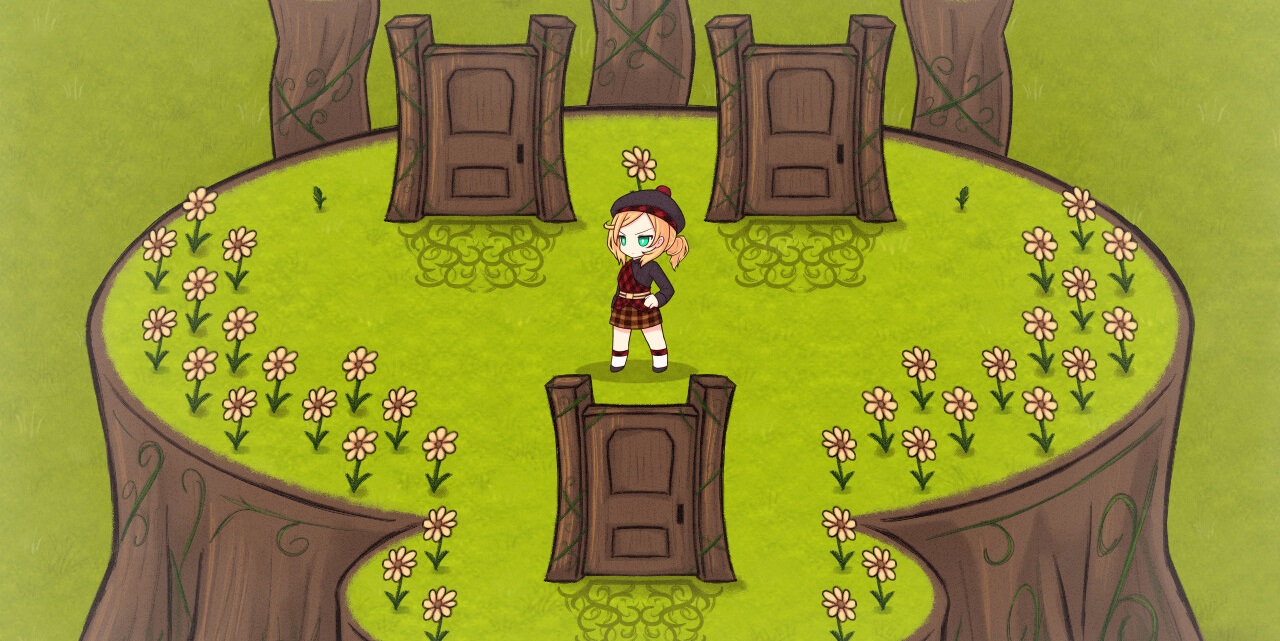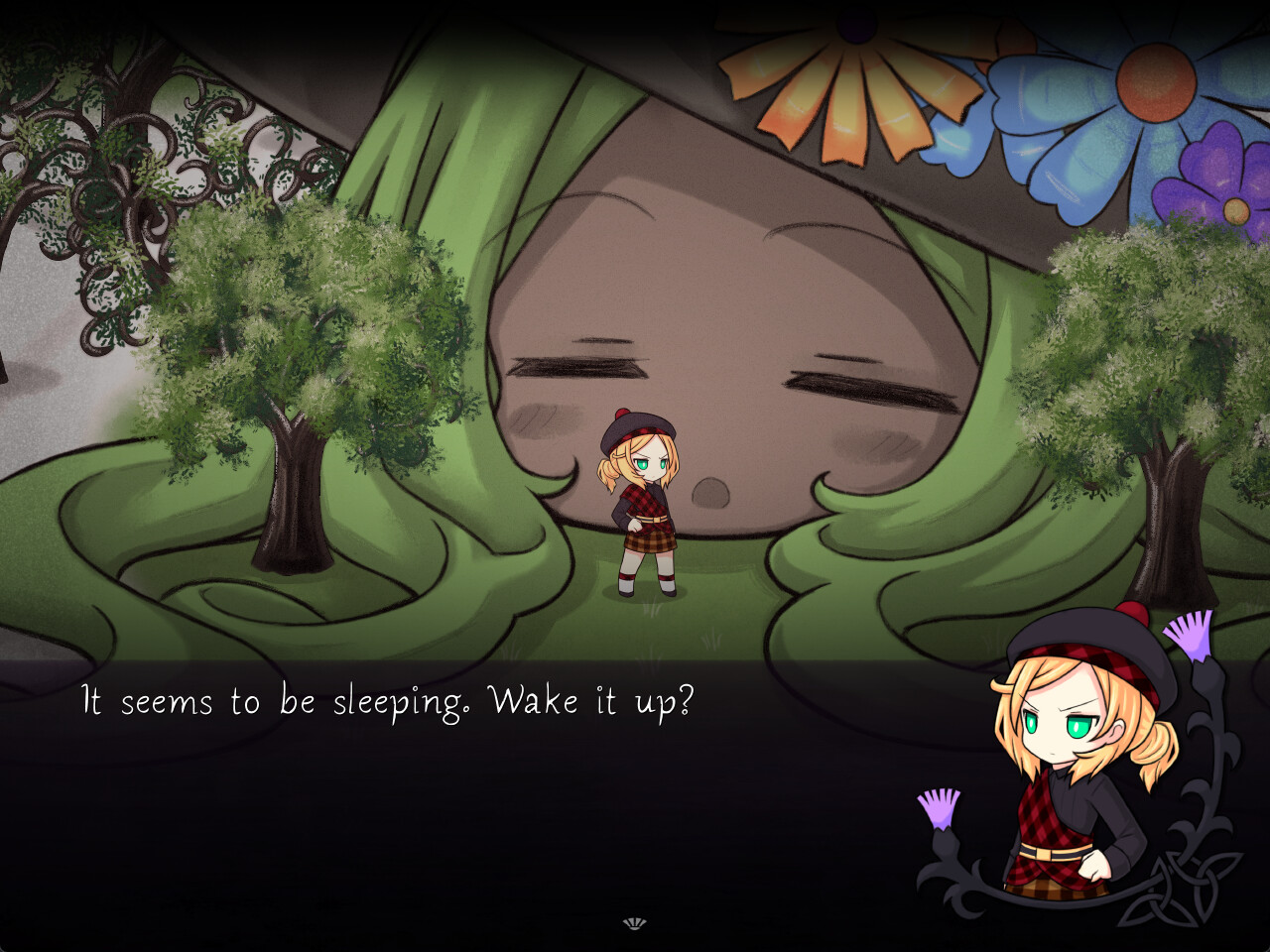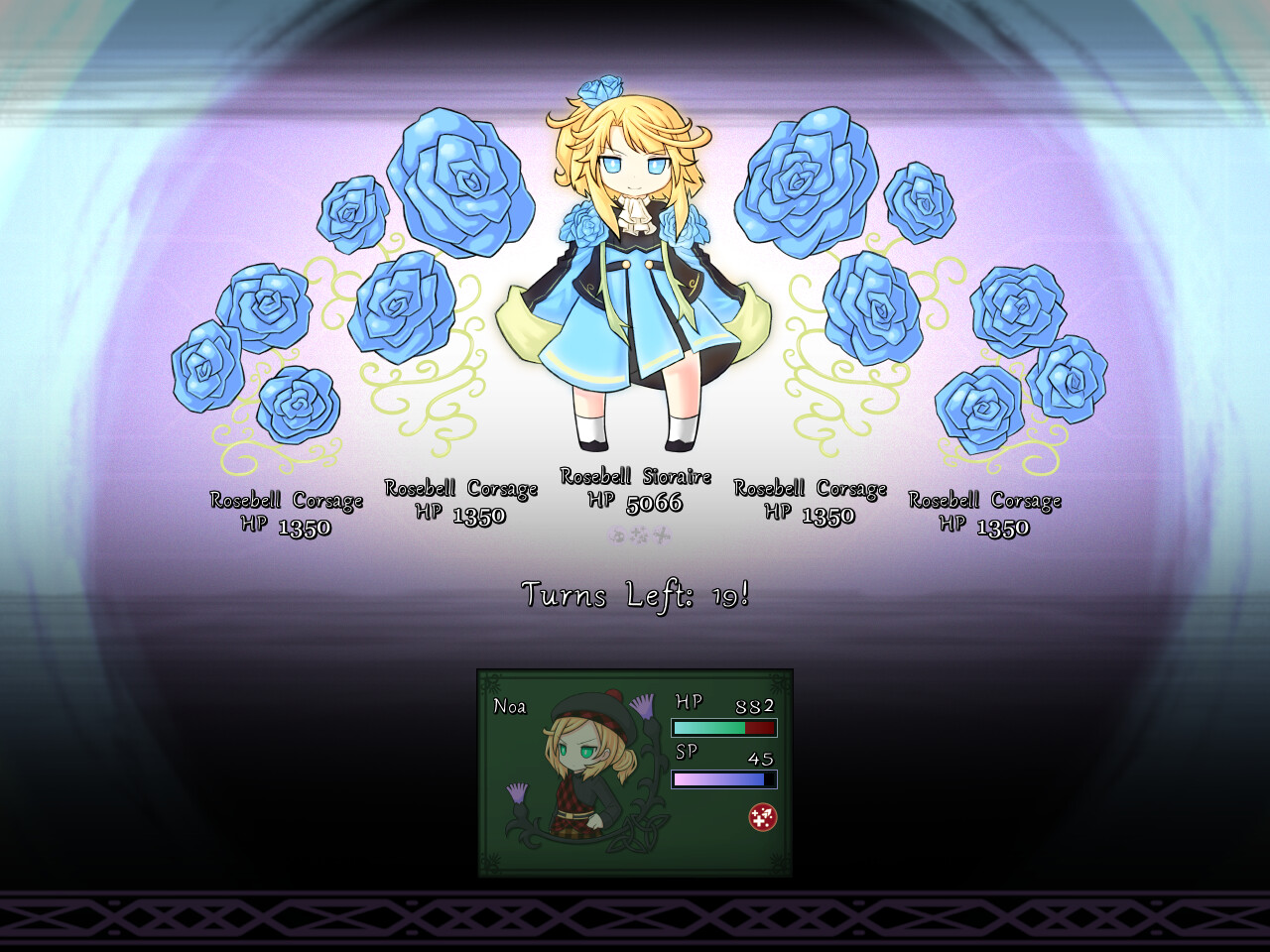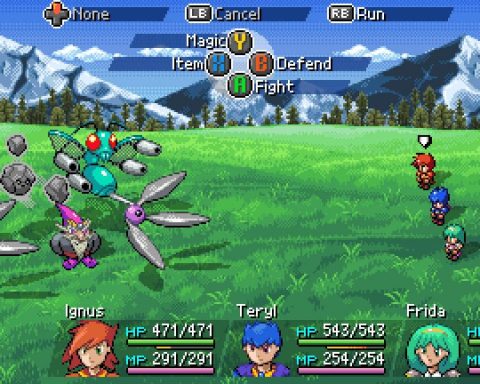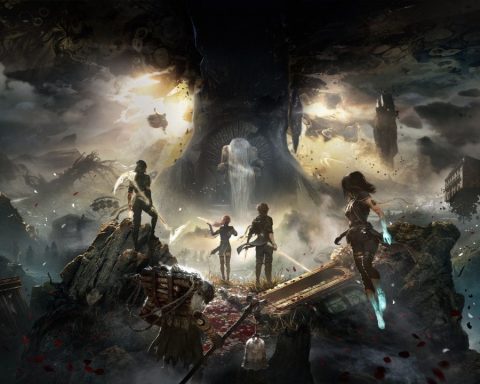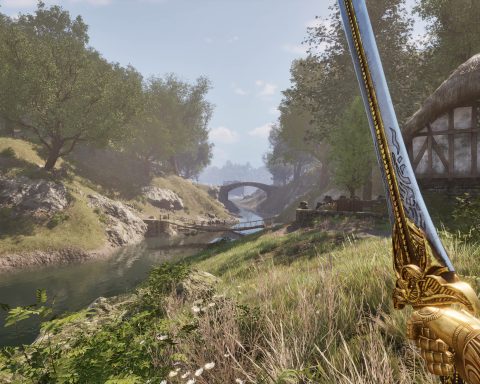What if you were playing a JRPG where the combat system was actually a puzzle? That’s the best way to think of Thistlemine. On the surface, it looks like a simple indie JRPG, but you’ll realise that there’s something different about this one by the time you’ve run into your third battle and had your backside handed to you by playing it like it looks like it should be played.
If you try and play Thistlemine like a conventional JRPG you’re going to find that “brutally challenging” is an understatement. You’ll wade into battle preparing to use the well-honed tactics that you’ve developed over many years with the genre, only to find that time and time again you’re soundly bested, and booted back to the overworld to have to try the battle again.
Thankfully you don’t lose much progress when the AI does defeat you (at least, on the lowest difficulty setting), because that will happen a lot. While Thistlemine looks like a turn-based RPG, the random qualities that you might be expecting from the genre are not there, and the enemy will attack you in the same way to the same results each time.
Additionally, you have to wrap the battle up within a certain number of turns, and this usually means that if you play well, the finishing blow on the final enemy will occur in the last of those turns. To get to that point you’ll need to go through a single process, using specific items and abilities, and in the right order. The developers claim that there are different ways to clear some battles, but I can’t imagine how – each time I cleared one it seemed like it was the singular approach. If you find yourself losing in a battle, it’s not from a lack of “grinding” or the need to change your equipment or party mix, as is normal for the genre. Rather it’s just that you need to try a different order of abilities and item use. Perhaps you need to use an item from your inventory that you hadn’t considered last time, or a special attack that seemed pointless might suddenly make sense when facing a specific enemy.
I’ve got to say, at first, this puzzle-like quality of the game threw me in a total spin. I’ve been playing JRPGs for most of my life, and my play style has become pretty deeply ingrained. For example, I am in the habit of saving curative items and generally being conservative with how I use resources in my JRPGs. It sometimes means that I make progress more slowly than others (you should see how much grinding I did to make sure I had enough arrows to feel confident pressing on in Dark Souls and Elden Ring). That approach doesn’t fly with Thistlemire, and it took me a while to stop resisting my inclination to play that way. Until I let it go, I found that battles were frustratingly challenging.
As I played on I came to really enjoy this approach, though. Making a puzzle out of a very familiar gameplay structure took some creative thinking on the part of the developers, and I enjoyed working out the logic that was at play. Being forced to carefully plan out how you’ll approach a battle in a “JRPG” is unique, too, when in so many of them (particularly the most difficult ones) you find yourself responding to the situation, turn-by-turn, rather than thinking about the end point.
I also enjoyed the dark surrealism of the art style. There’s something grotesque about the otherwise cute chibi character models, and this pairs nicely with the game’s positioning of its narrative as a sinister dream-like place with a “miasma” that turns all explorers into it into mindless mutants. This much actually reminded me a little of the dread that Stephen King evokes in his classic novel, The Mist:
““Something in the fog!” he screamed, and Billy shrank against me-whether because of the man’s bloody nose or what he was saying, I don’t know. “Something in the fog took John Lee! Something-” He staggered back against a display of lawn food stacked by the window and sat down there. “Something in the fog took John Lee and I heard him screaming!”
Thistlemire isn’t horror, of course, but just as King uses the motif of the mist to obscure meaning and knowing, so too does Thistlemire use its aesthetics to resist the player being able to fully understand what is going on within it. The story doesn’t amount to too much, unfortunately, but the way that it obscures meaning to create a dark fever dream mystery in the pursuit of that meaning is very clever and very engaging. Even as I wanted to throw my precious ROG Ally at a wall for the way the game was brutalising me, I continued to push on to try and learn more about the world.
The developers claim about 40 encounters, with possible alternate routes through the game depending on how you play. By traditional JRPG standards that isn’t a lot, of course. But when every encounter is a tightly scripted and challenging puzzle to work through it amounts to something reasonably substantial. For those who want to challenge themselves, the “canon” way to play is actually the “Regimental Mode” which places a two-hour limit on you to clear the game. Again, that might not sound like much, but if you are playing this for the first time and try that mode you’re in for a lot of restarts before you’ll even get close to clearing it.
Thistlemire is a weird, strange, and beautiful little thing. It serves a niche within a niche within a niche, but if you are curious to see how an RPG combat system could be alchemised into an unforgiving yet rewarding puzzle game, then this is going to intrigue and fascinate, and you may even fall totally in love with it.
